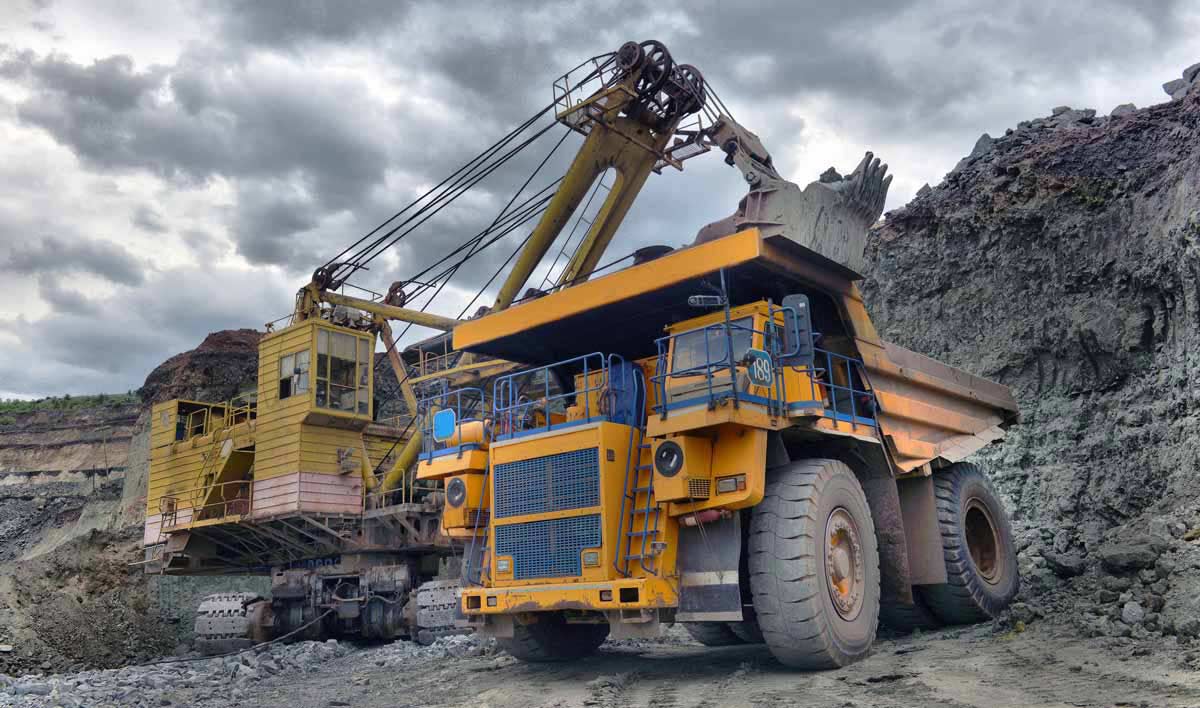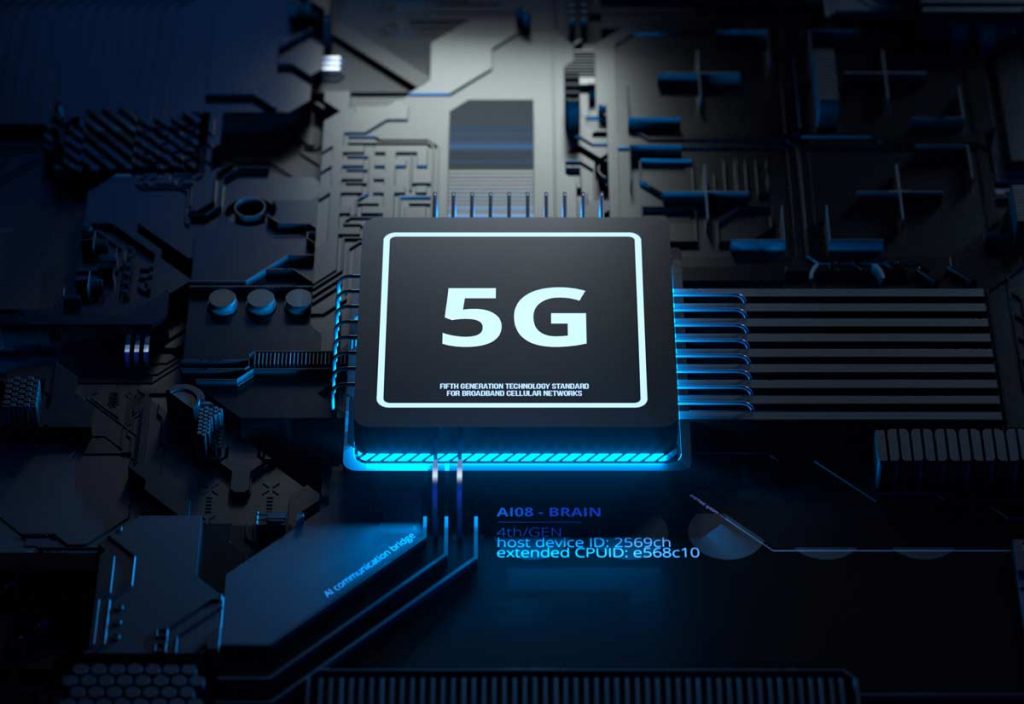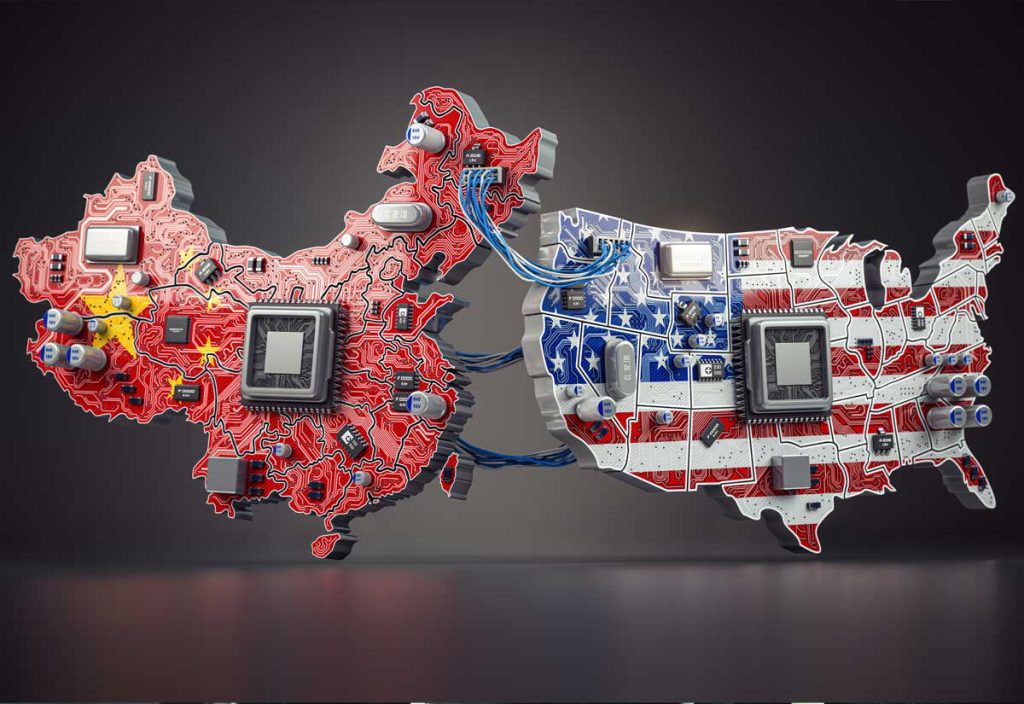“Facing a massive download in a 4G-only environment is something no project foreman or superintendent wants to face. Better to download first thing and take your chances on catching sheet updates later.” – Constructiondive sponsored article July 6 2021
Just when you thought you were up to speed on 4G here comes the next generation of mobile network innovation. Three of the top mobile network industry leaders, Verizon, AT&T and T-Mobile, are all fully engaged in building the extensive nationwide 5G infrastructure in the US. 5G data transfer rates can top an astounding 1 Gbps in certain conditions. That’s about 70x faster than typical 4G rates and for industries all across the Resource Erectors board it will prove to be a major gamechanger.
Experts are advising that industry leaders formulate their 5G strategies now to stay ahead of the curve when the 5th Generation ushers in innovations such as:
- 5G-enabled sensors
- Drones for BIM and site surveys
- autonomous equipment
- VR/AR headsets- Virtual reality/Augmented Reality technology
- Tracking workers
- Equipment tracking on all scales not just the most valuable assets
- Increased productivity with real time monitoring and control
- Bridging the expert talent shortages in construction, maintenance, mining, and manufacturing

“Despite being fully aware of its benefits, business leaders find it difficult to implement digital transformation plans. As a result, they can lag behind more innovative and forward-thinking competitors.”- 3 Digital Transformation Challenges Construction Companies Face and How to Overcome Them- Constructor Magazine Associated-Associated General Contractors
While some industries such as construction and mining may have lagged just a bit when it came to the inevitable digital transformation, 4G networking proved its worth with construction site supervisors, manufacturing plant managers, and mine operators. Now it’s not enough as the digital transformation in heavy industries matures and data loads from an ever-expanding network of connected IoT devices pushes the limits of 4G download speeds and 4G capacity.
Anyone who has experienced the 4G stutter effect during a live zoom meeting can appreciate the shortcomings of today’s densely populated 4G networks. 4th Generation mobile networking revolutionized video communication, audio streaming, and allowed for massive collections of data, but Fifth Generation 5G is quite a leap forward.
“The download experience is like night and day,” – 5G industry specialist David Vasquez, director of Industrial Ecosystem Development for MEC, Private LTE & 5G for Verizon.
But the benefits of 5G aren’t limited to the massive increase in speed and all that entails for autonomous truck operations, industrial and mine robotics, the daily zoom meeting with a widely dispersed team, or even the way concrete is poured in the era of 5G.
5G Speed + Capacity is Essential When Data Traffic is Growing at 60% Per Year
The 4G “space” is getting crowded, as anyone who has run into connection trouble in a hotel, theater, or stadium where everyone and his brother has a smartphone can attest. Not to mention a manufacturing plant floor or deep mine loaded with numerous IoT sensors, safety monitoring, and production equipment where real time speed and continuous connections are essential.
Ericsson is one of the leading providers of Information and Communication Technology (ICT). According to their informative article, 5G vs 4G- What is the Difference? 4G is the “one-size-fits-all” solution covering everyone from the average smartphone user to the first autonomous vehicles that pushed download speeds and 4G reliability to their limits. Video and audio streaming were greatly enhanced, but a low-powered smartwatch connection would consume the same amount of energy as those streaming connections, decreasing battery life. With 4G, when someone needs to increase speed, someone else has to decrease if a frequency band has reached its information limit. Cue the dropped smartphone calls and the glitchy zoom meetings.
But 5G transmits precisely and intelligently to each individual device giving it the capability to handle as many as 1 million devices per square kilometer. That means that 5G can deliver a low energy connection for that smartwatch while tailoring an extremely fast and stable connection for an industrial robot. If that sounds like excessive connective capacity, bear in mind that IoT devices that connect to the network are increasing at about 25% per year every year.
“The worldwide number of IoT-connected devices is projected to increase to 43 billion by 2023, an almost threefold increase from 2018” McKinsey & Company- Growing opportunities in the Internet of Things
5G Benefits in the Field and On the Floor
One of the potential 5G applications that caught our attention as a longtime partner in the concrete and civil construction industries was the use of disposable sensors to monitor concrete pour conditions.
“The science of combining admixture chemistry, temperature, and other placement factors is exacting. A disposable sensor could be used to report R-T [real time] pour conditions to the pour supervisor. Instant data verification means more pour confidence.” – David Vazquez
5G’s ability to handle mountains of data from multiple sources translates to the ability to track equipment at all scales, from the largest dump trucks to the smallest pushcarts. While the most expensive assets are likely being tagged and tracked already, with 5G everything can be tagged and tracked, including employees, to minimize wasted man hours looking for misplaced gear or wandering workers.
Perhaps one of the most appealing 5G benefits from the HR point of view is the ability to get “expert eyes” on difficult problems from remote locations. The covid crisis highlighted just how limited the local talent pool can be when it comes to expert availability in downtime situations. Now even apprentices with VR/AR capability can rely on remote expert support without flying those experts in from all over the country.
As for addressing the relentless labor shortage in construction and mining? 5G even offers something to sweeten the career pot to attract the tech-savvy young candidates that are so sorely needed to replace an aging workforce that isn’t getting any younger.

Autonomous vehicles can reduce the need for heavy equipment operators while offering “a young person control of several large autonomous earth movers, each remotely piloted from a 5G-enabled operations center.” For the generation raised on video games in air-conditioned environments, that’s much more attractive than sweating it out in the cab of a giant excavator on site. And remote robot control is just their speed.
About Resource Erectors
At Resource Erectors it’s our mission to keep your professional workforce up to speed and your company ahead of the curve. We recruit and place the best-qualified candidates with the industry-leading companies who are seeking what they have to offer in North America, Canada, and Australia. We specialize in locating the hard-to-find talents essential for the highly competitive sectors including manufacturing, civil construction, concrete, aggregates, mining, minerals, construction materials, and engineering in every shape and form.
When you’re ready to make a move up the competitive heavy industry ladder you’re ready for Resource Erectors so don’t hesitate to contact us today.








